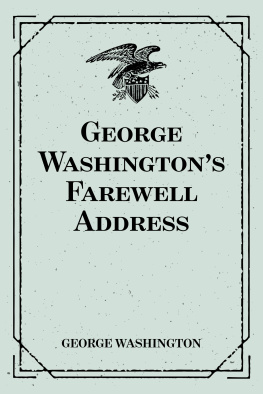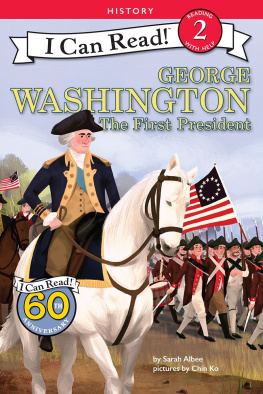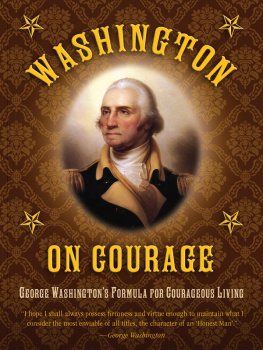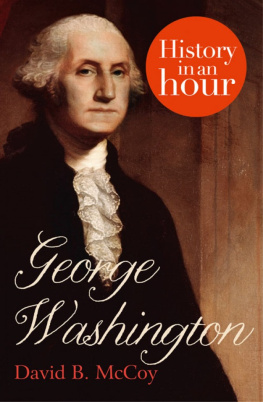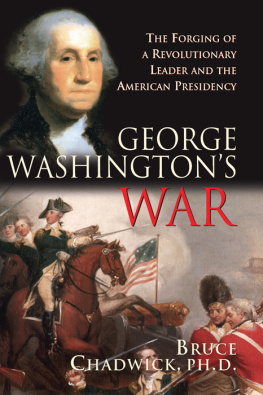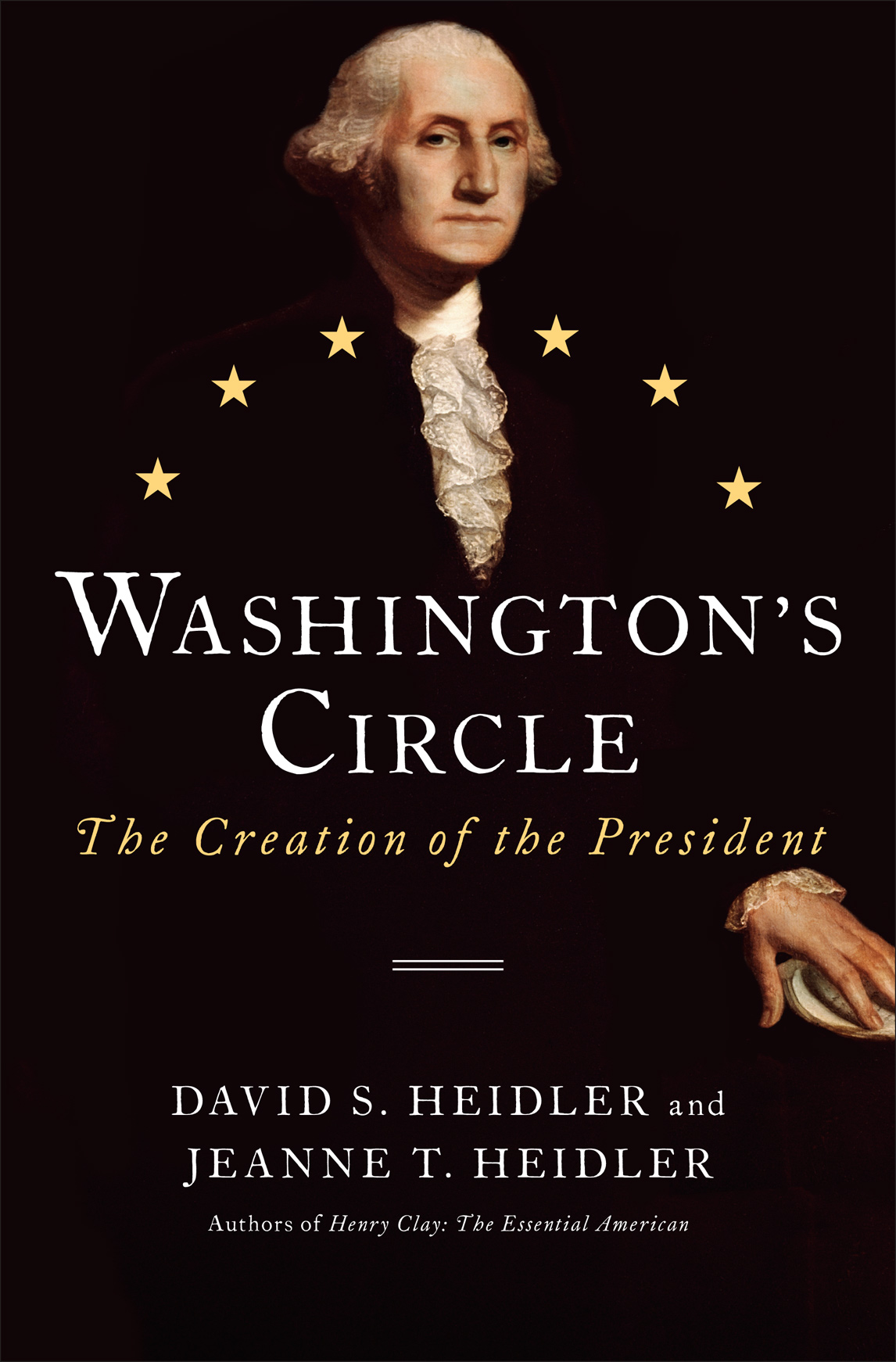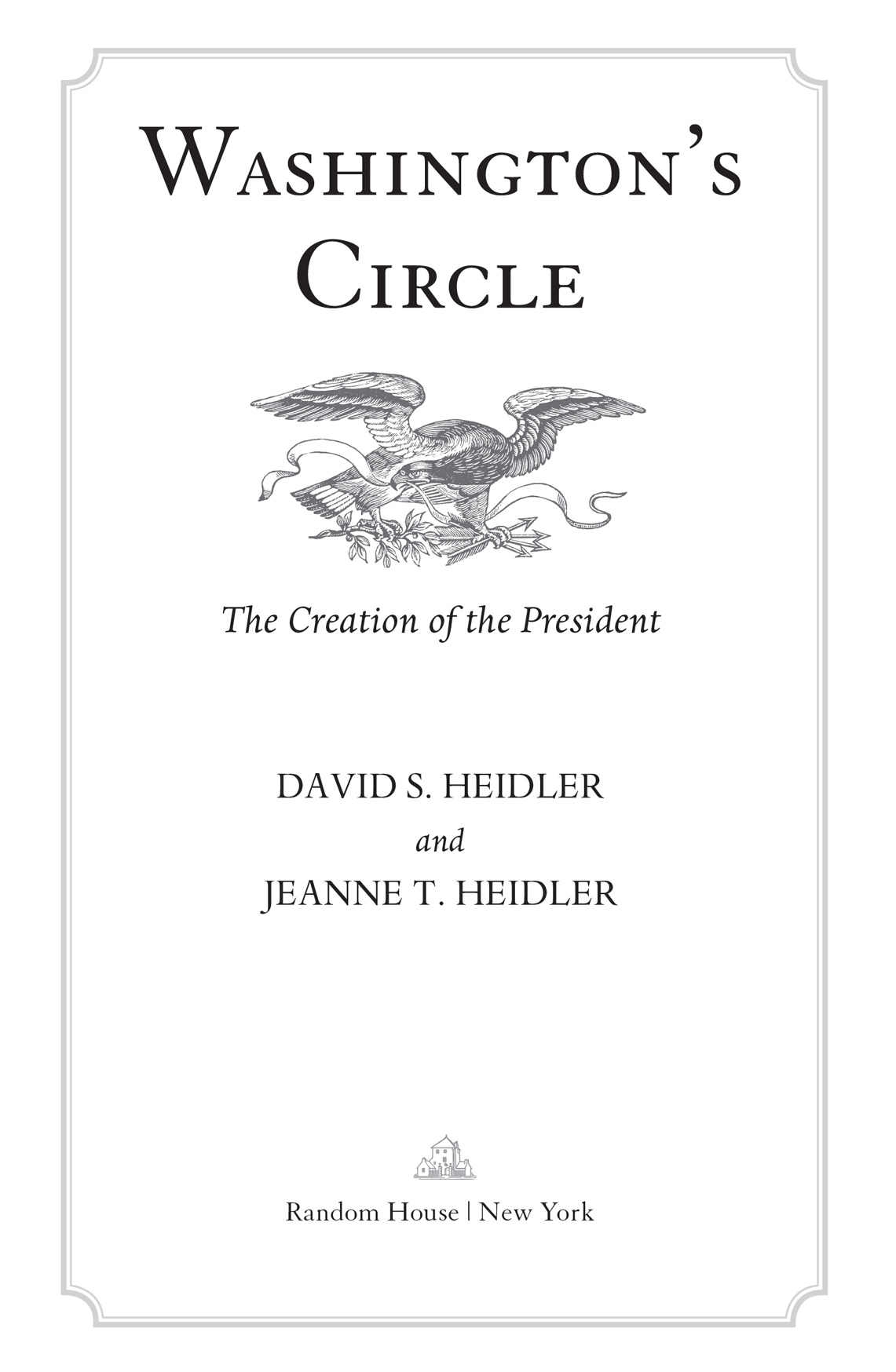By David S. Heidler and Jeanne T. Heidler
Washingtons Circle: The Creation of the President
Henry Clay: The Essential American
Daily Life in the Early American Republic, 17901820
Indian Removal
Manifest Destiny
The Mexican War
Old Hickorys War: Andrew Jackson and the Quest for Empire
Pulling the Temple Down: The Fire-Eaters and the Destruction of the Union
The War of 1812
Copyright 2015 by David S. Heidler and Jeanne T. Heidler
All rights reserved.
Published in the United States by Random House,
an imprint and division of Random House LLC,
a Penguin Random House Company, New York.
R ANDOM H OUSE and the H OUSE colophon are registered trademarks
of Random House LLC.
ISBN 978-1-4000-6927-9
eBook ISBN 978-0-679-60383-2
www.atrandom.com
v3.1
To
Leslie Fruecht Bentley
and
the memory of
J. Stephen Bentley II
The character of sages,
the conscience of Samaritans
Introduction
B efore George Washington became his countrys first president he had already achieved something impossible. He had defeated the most powerful empire in the world. Possibly there were other men who could have beaten Britain and secured American independence, but nobody else in the world could have completed the task so gracefully. It was at the close of the Revolution that His Excellency General Washington, commander in chief of the Continental Army, achieved true greatness. In a simple ceremony at the Maryland State House in Annapolis, he surrendered his authority to the republic, turned over the army to the Congress, and went home. Few outside the United States believed he would do this. History, after all, is littered with the debris of ambition. Told about Washingtons plans, King George III reportedly exclaimed, He will be the greatest man in the world! Americans certainly thought it was time somebody noticed.
A smattering of American biographers already had, and their successors soon grew to legions. The fanciful creations of Parson Mason Weems gave us the cherry tree story and Washingtons solemn childhood declaration I cannot tell a lie, while modern, more reliable writers have skillfully placed the man in his time and charted his impact on it. A great and good man will always merit yet another biographer because of his complexity and importance, but this is not a biography of this great and good man. Rather it is the story of the people who helped to shape his presidency, people who were indispensable in his final and most demanding job. Having retired to his farm, Washington was called back into service to guide the establishment of a republic that could distinguish liberty from license and make government a servant rather than a master. Washingtons circle helped him summon the finest instincts of a proud and self-reliant people. Without this circle the mystery of his unique role in doing so remains too opaque and enigmatic. To view the first president in isolation, his achievement in starting everything from scratch seems miraculous, and his gifted counselors become merely men with oversized egos whose personal clashes squandered their genius. It then becomes difficult to understand why they drifted away to be replaced in the end by less talented strangers, men George Washington should not have trusted and the reason, as a result, his second term was less than triumphal.
George Washingtons wide range of acquaintances makes for an enormous group, and by necessity many will appear in these pages very sparingly or not at all. For example, people from Washingtons youth, his neighbors in Fairfax County and across the Potomac in Maryland, and the builders, managers, and overseers of Mount Vernon do not have a part to play. The frontiersman Christopher Gist guided young George Washington through the Ohio Country in 1753 and pulled him from the freezing Allegheny during their return journey, a deed that likely saved Washingtons life, but his relations with Washington were limited to the 1750s. The same is true for Washingtons mentors, whether the powerful Fairfax family or Virginias colonial governor Robert Dinwiddie. British general Edward Braddock taught Washington what not to do with an army, and Braddocks successor John Forbes showed him how to manage one effectively, but their lessons helped him win his countrys Revolutionary War rather than set up its government. His cousin Lund Washington was essential in overseeing the extensive renovations of Mount Vernons mansion house during the Revolution while George Washington was absent, yet it was a personal service that came to an end several years before Washington became president, and by then Lund was going blind on the little piece of land that Washington had deeded him. Dr. James Craiks attachment to Washington was lengthy and durable, making Craik the oldest and possibly the dearest friend the squire of Mount Vernon ever had, but he did not touch on his presidency. All these and others are intriguing in their own ways, and each had a part in making George Washington into the man who became president, but they are not part of the story of his eight years in the office and the making of the presidency beyond the man.
As a consequence, the criteria for the circle should be obvious: These are the people who had close involvement in the countrys major events and who were intimately involved with Washington as a private and public figure during the opening years of the constitutional republic. They include the heads of executive departments, the secretaries who by 1793 were being collectively called the cabinet. Alexander Hamilton at Treasury and Thomas Jefferson at the State Department figure prominently by this measure alone, but they made other contributions worth exploring as wellsome superb, others much less so. Henry Knox would never be as celebrated as his colleagues and for good reason, but he nevertheless cooked up the plan to pacify the Indians on the countrys frontiers. Washington measured it as among his presidencys most significant initiatives, and it was the one he most closely superintended. Knox also had difficulties just as challenging as those of his associates. As the secretary of war, Knox had to run a military department that lacked a military and cope with war scares that loomed and receded in a dangerous world. Edmund Randolph as attorney general and then Jeffersons successor at State was a relative youth whose admiration of George Washington reflected Randolphs belief that his fellow Virginian was the greatest man he had ever known. Yet Randolph was no callow hero worshipper. He alone continued to understand the primary purpose and best methods of the executive branch as both colleagues and chief began to lose sight of one and falter in the other. Randolph reminded Washington of someone, at least before he reminded him of someone else, and the consequences of that transformation have the shadows of a Shakespearean tragedy.


